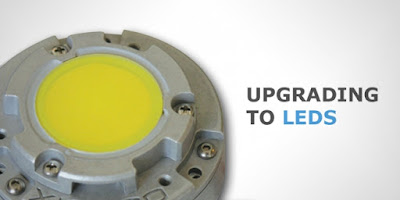Basic Metal Halide Lamp Base Types Used in Commercial Exterior Lighting
Some types have an Edison screw metal base, for various power ratings between 10 and 18,000 watts. Other types are double-ended, as depicted above, with G4-G12 bases composed of ceramic, along with metal connections between the interior of the arc tube and the exterior. These are made of various alloys (such as iron-cobalt-nickel) that have a thermal coefficient of expansion that matches that of the arc tube. There halogen bulbs are mainly used in commercial exterior lighting.
Lamp Base Types
In lighting technology, socket plays an important role as it connects electrical supply with light bulb. The base part of the lamp connects to a socket and via that electrical supply passed to bulb. There are so many base types in lamps such as the Bayonet mount, pin bases, Edison screw base and the wedge base including one, two or four pins.
G4 – Bi-pin
In decorative task and under cabinet work, generally G4 halogen bulbs of 12 watts are founded. The reason is this bulb is relatively small in size, but it has relatively high output using 12 watts inputs. This input makes these lamps greater choice among users where space is a premium. The lack point is, halogen bulbs produces more heat that light. Moreover, as per their consumption of 20 watts, it is mostly used in quick applications like RV and Marine. In these applications, every bit of energy is countable as these are running of battery source.
GU4
GU4
Another bi-pin lamp, but it has some extensive feature. This 2 pins lamp is a push and fit lamp measuring 4mm apart. Similar to an MR16 but smaller with the lamp face measuring 35mm across its diameter.
G6.35/GY6.35
Both G6.35 and GY6.35 are base codes for lamps with bi-pin base connectors, sometimes called miniature bi-pins or mini-bipins. Electro technical Commission sets one code system and as per that G6.35 lamp base has 1.0mm-diameter pins and GY6.35 has 1.25mm-diameter pins.
G8.5
Lamp efficacy and color stability is possible through one leading technology, Ceramic metal halide. Ceramic discharge tube material is more resilient to attack by the chemicals inside the discharge tube than quartz. This property allows the lamps to operate within their tolerances for longer giving a more stable color and longer life.
GU5.3
G5.3 is also known as MR16. "MR" stands for multifaceted reflector. There is a pressed glass reflector in inside (reflecting side) surface and it is composed of facets. These facets are covered by a reflective coating. These facets provide optical control by gathering the light from the filament to create a concentrated beam of light.
GU10
GU10 is the lamp base or cap of a mains voltage halogen lamp. It has two legs or pins with small 'feet' on the end! An LED GU10 is a retrofit energy saving replacement for halogen lamps that use the latest LED technology.
GZ10
GZ10 lamp base has two pins at the bottom of the lamp. This lamp is locked into the lamp base with a 90 degrees clockwise twist. GZ10 bulb has straight lines in the bottom side.
G12
G12 LED lamps are traditionally used as down lights in many different environments, including offices, shops and commercial buildings as well as for outdoor areas and even in homes. G12 LED bulbs are constantly bright throughout their 50,000 hours lifespan and are perfect for displaying products in shops or to have a bright spot at home.
Pin Spacing
The space located between two pins on a bi-pin bulb is determined by several factors. Different manufacturers may use different pin spacing, or pins may be deliberately placed closer together to prevent over-lamping. Over-lamping is a situation that occurs when a high-wattage bulb is placed in a socket designed for a lower-wattage bulb, heating up the lamp housing and creating a fire hazard. So Technilux Lighting Technology checks all fitting and fixtures before starting to fit commercial exterior lighting.
Bi-Pin Bases
A lamp base with two metal pins is called a bi-pin base. Bi-pin connectors are very common in bases made for small halogen lamps and linear fluorescent lamps. Under the code system set by the IEC (International Electrotechnical Commission), all bi-pin lamp bases are assigned the prefix G, and a number, which represents the number of millimeters (mm) that separate the two pins.
For any LED lighting needs, contact Technilux.
For any LED lighting needs, contact Technilux.



Comments
Post a Comment